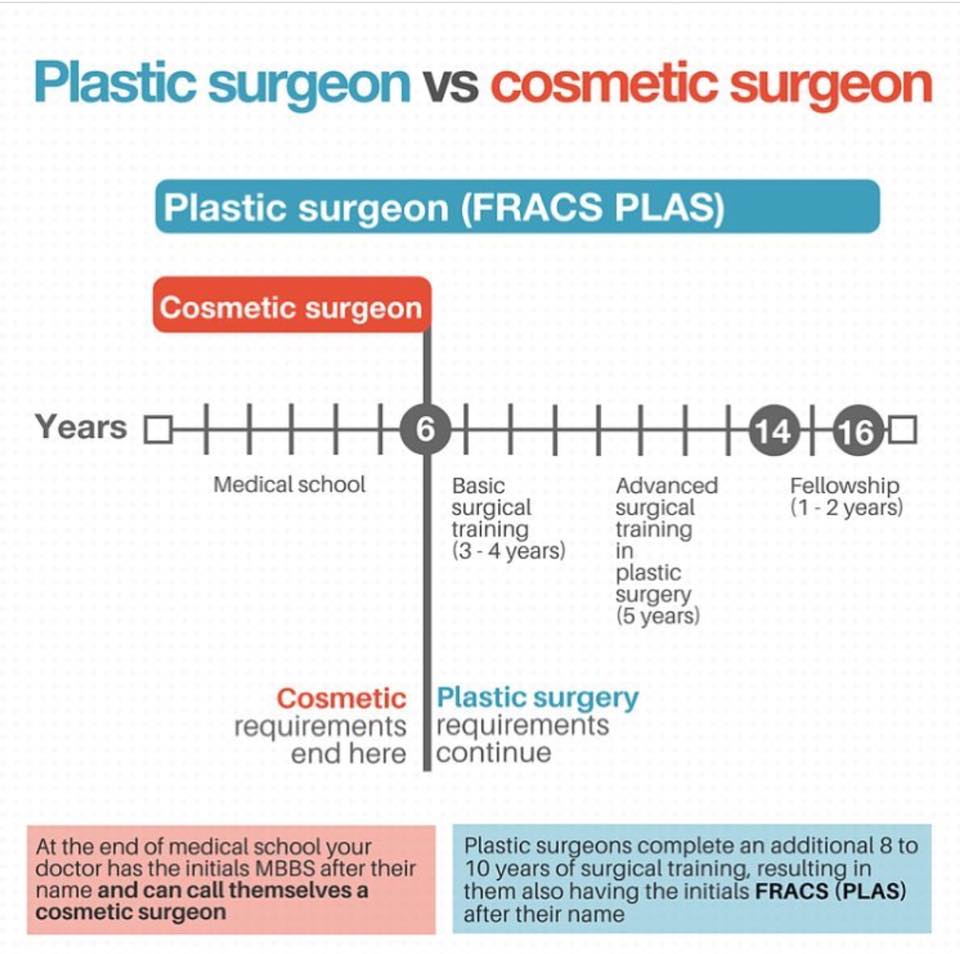AHAs are an essential component for unclogging pore clogs and brightening acne-prone skin. They work by breaking down dead skin cell buildup to advertise newer, fresher cells, and avoiding future clogs.
Developing topical AHAs demands meticulous attention to different vital factors that considerably affect their efficiency and tolerability. Maintaining the optimal pH variety, together with automobile option and focus, amplifies their exfoliative characteristics while alleviating possible adverse reactions.
Glycolic acid
Glycolic acid is known for its moderate yet efficient scrubing properties, which promote skin's natural dropping and loosen up the "adhesive" that holds dead cells externally of the skin. This aids unblock pores and minimize the appearance of fine lines and wrinkles, in addition to enhance general skin structure and tone.
Surprisingly, topical glycolic acid has actually additionally been revealed to boost the manufacturing of collagen, which is critical in maintaining skin's firmness and elasticity. It is very important to keep in mind, nonetheless, that due to the fact that glycolic acid can boost the skin's level of sensitivity to sunshine, it is vital to put on sun block when making use of any products having this ingredient.
Dermatologists pay careful attention to the formulation of products containing AHAs in order to optimize their efficacy and tolerability. Creating AHAs with the ideal lorry, in addition to pH and focus factors to consider, permits optimum skin infiltration while lessening prospective negative responses. This is especially important for clients with sensitive skin, because AHAs are known to be mildly irritating.
Lactic acid
Lactic acid is located in several non-prescription skin treatment items and some stronger professional peels and treatments. It has the most affordable molecular weight of all the AHAs and has the ability to pass through much deeper into the skin, where it is much more effective at unclogging pores and exfoliating.
Like glycolic acid, it additionally promotes collagen synthesis, which assists diminish fine lines and creases and enhance skin structure. Furthermore, it has moisture-retention residential or commercial properties, which makes it preferable for drier skin kinds than various other AHAs.
The comprehensive body of medical data confirming the efficiency of topical AHAs sustains their utility in a wide variety of dermatological ailments and visual issues. These include detailed skin restoration procedures, attenuation of great lines and creases, lightening of hyperpigmentation, restorative intervention for actinic keratosis, and acne management [2] Optimizing the solution of AHAs by balancing pH, concentration, and lorry option even more enhances their healing capacity. These careful factors to consider allow skin specialists to deliver secure and efficient treatments that give remarkable clinical outcomes.
Mandelic acid
Mandelic acid, originated from almonds, is another member of the AHA family and is a preferred component in items that assist treat acne. Its bigger molecular size means it passes through the skin much more slowly and carefully, which can decrease the possibility for inflammation. It's also much less most likely to set off redness and various other skin sensitivity concerns, making it suitable for delicate skin types.
Mandelic Acid is believed to help in reducing inflammation and boost hydration. It functions by loosening the bonds in between dead skin cells, allowing them to lose and expose fresher-looking skin. It additionally helps in reducing the appearance of bigger pores.
Formulating topical items with AHAs requires a specific balance of vital aspects that significantly affect their efficacy and tolerability. Specifically, the pH of an AHA formulation has actually been shown to play an important role in its capacity to promote peeling and enhance complexion and texture. Accomplishing this optimal concentration is a tough goal and calls for precise focus to the different variables that influence the formulation procedure.
Citric acid
Citric acid, found in citrus fruits such as oranges and lemons, is a moderate AHA. It's much beverly hills walk in clinic less irritating than glycolic or lactic acid, making it preferable for sensitive skin. It likewise has astringent properties, assisting to dry out excess oil.
Like other AHAs, citric acid can be made use of in chemical peels and daily active/maintenance therapies to exfoliate the skin and promote cell turn over. It can help reduce the look of dark places and hyperpigmentation, as well as great face lines.
It can also boost the synthesis of glycosaminoglycans, which play an important function in reinforcing the skin barrier feature. This aids to prevent trans-epidermal water loss, and keep optimal hydration levels in the skin [35]
AHAs can be incorporated with soothing components such as ceramides or hyaluronic acid to boost their tolerability. They can be incorporated into day-to-day active/maintenance skincare with lotion or serum formulas. This enables practitioners to tailor their AHA treatments based upon patient demands and choices, with the flexibility of selecting from various therapy intensities or focus.
